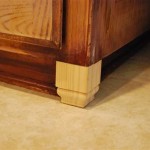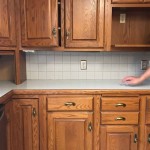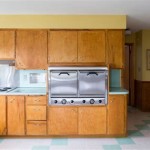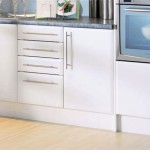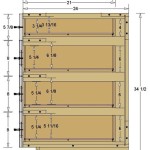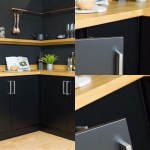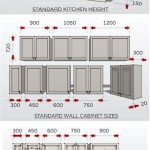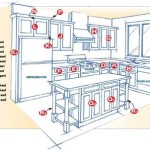Essential Aspects of Kitchen Cabinets
Kitchen cabinets, integral components of any kitchen space, not only provide storage solutions but also elevate the overall aesthetic of the room. Choosing the right kitchen cabinets can be a daunting task, especially when considering the myriad of options available in terms of materials, styles, and hardware. This article aims to shed light on the essential aspects of kitchen cabinets, empowering you with the knowledge to make an informed decision.
Materials:
The choice of material for your kitchen cabinets greatly influences their durability, style, and cost. Solid wood cabinets, while offering timeless elegance and durability, come with a higher price tag. Laminate cabinets, on the other hand, provide a cost-effective alternative, offering a wide range of colors and finishes that mimic the look of wood. Other materials include thermofoil, acrylic, and metal, each with its unique advantages and disadvantages.
Styles:
The style of your kitchen cabinets should complement the overall design of your kitchen. Traditional cabinets feature intricate carvings and ornamental details, while modern cabinets prioritize clean lines and sleek surfaces. Shaker-style cabinets, known for their simple yet elegant recessed panels, offer a timeless appeal that blends well with both traditional and contemporary kitchens. Other popular styles include raised panel, flat panel, and glass-front cabinets.
Hardware:
Hardware, including knobs, handles, and hinges, plays a vital role in the functionality and aesthetic of your kitchen cabinets. Choose hardware that is durable and easy to grip, while also complementing the style of your cabinets. For a classic look, opt for brushed nickel or brass hardware. Modern kitchens may benefit from sleek stainless steel or matte black hardware. Consider the size and shape of the hardware in relation to the size and style of your cabinets to achieve a harmonious balance.
Layout and Functionality:
The layout and functionality of your kitchen cabinets directly impact the efficiency of your space. Plan your cabinet arrangement to maximize storage capacity and create a seamless workflow. Consider incorporating pull-out shelves, lazy Susans, and spice racks to optimize the use of vertical space and improve accessibility. Consider the height and depth of your cabinets to accommodate various storage needs and ensure comfortable use.
Professional Installation:
While some may consider installing kitchen cabinets a DIY project, professional installation is highly recommended. Experienced installers have the skills and expertise to ensure proper alignment, secure mounting, and flawless finishes. They can also provide valuable insights on cabinet placement and functionality to maximize the potential of your kitchen space. Investing in professional installation ensures the longevity and optimal performance of your kitchen cabinets.
Conclusion:
Choosing the right kitchen cabinets is a crucial decision that requires careful consideration of materials, styles, hardware, layout, and functionality. By understanding the essential aspects outlined in this article, you can make an informed choice that suits your aesthetic preferences, storage needs, and budget. Remember to consider professional installation for optimal results and the assurance of a beautiful and well-functioning kitchen.

30 Design Ideas For Luxurious Traditional White Kitchen Cabinets

Stainless Steel Kitchen Cabinets Ideas Designcafe

Latest Trends In Kitchen Cabinets And How To Get Them

Kitchen Cabinet Parts Terminology Granite Quartz Countertops Cabinets Factory

Open Kitchen Cabinets Ideas Designcafe

64 Kitchen Cabinet Design Ideas 2024 Unique Styles

How To Organize Your Kitchen Cabinets One At A Time

Green Kitchen Cabinets Centsational Style

Contemporary Kitchen Cabinets For Your Home Design Cafe

How To Choose The Best Kitchen Cabinet Design In Singapore
Related Posts

